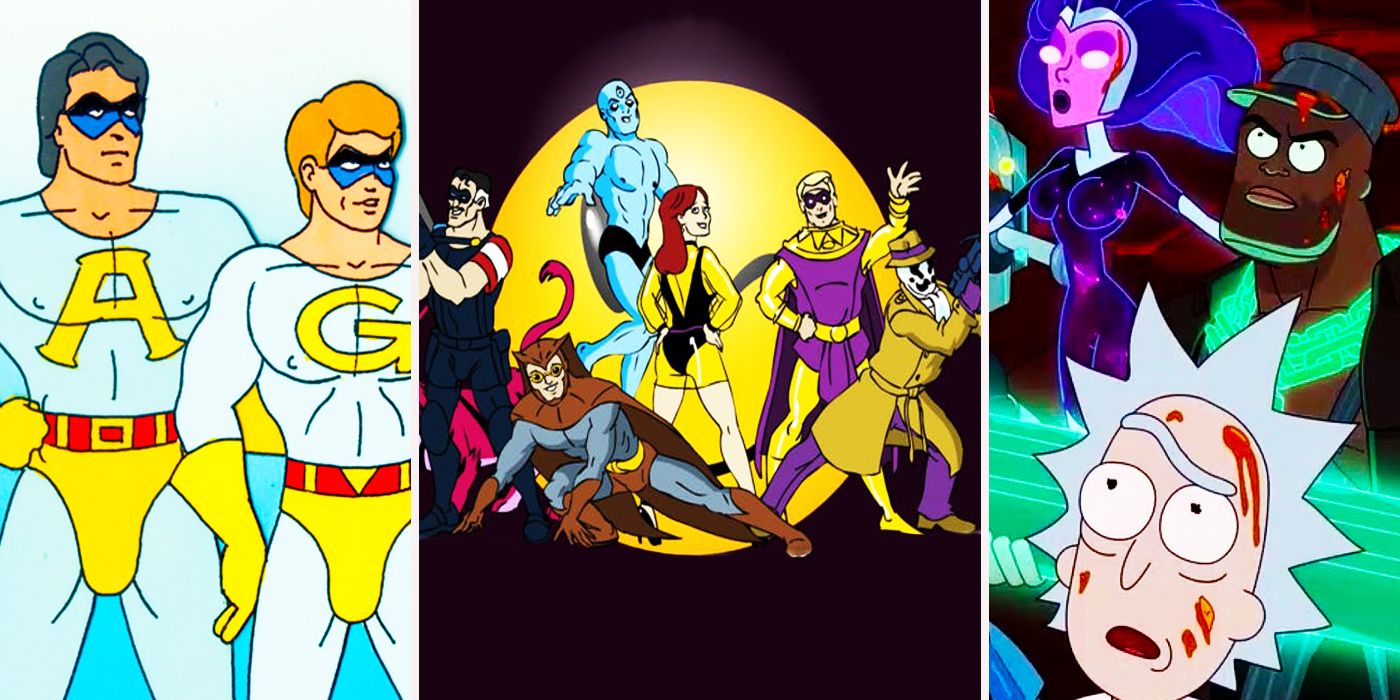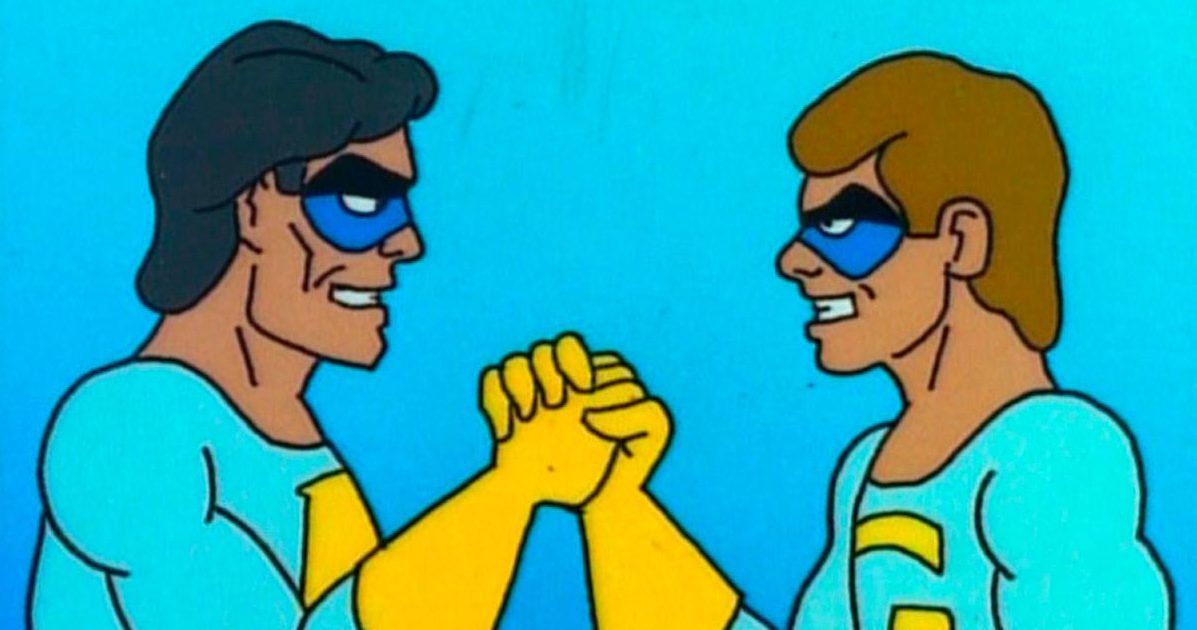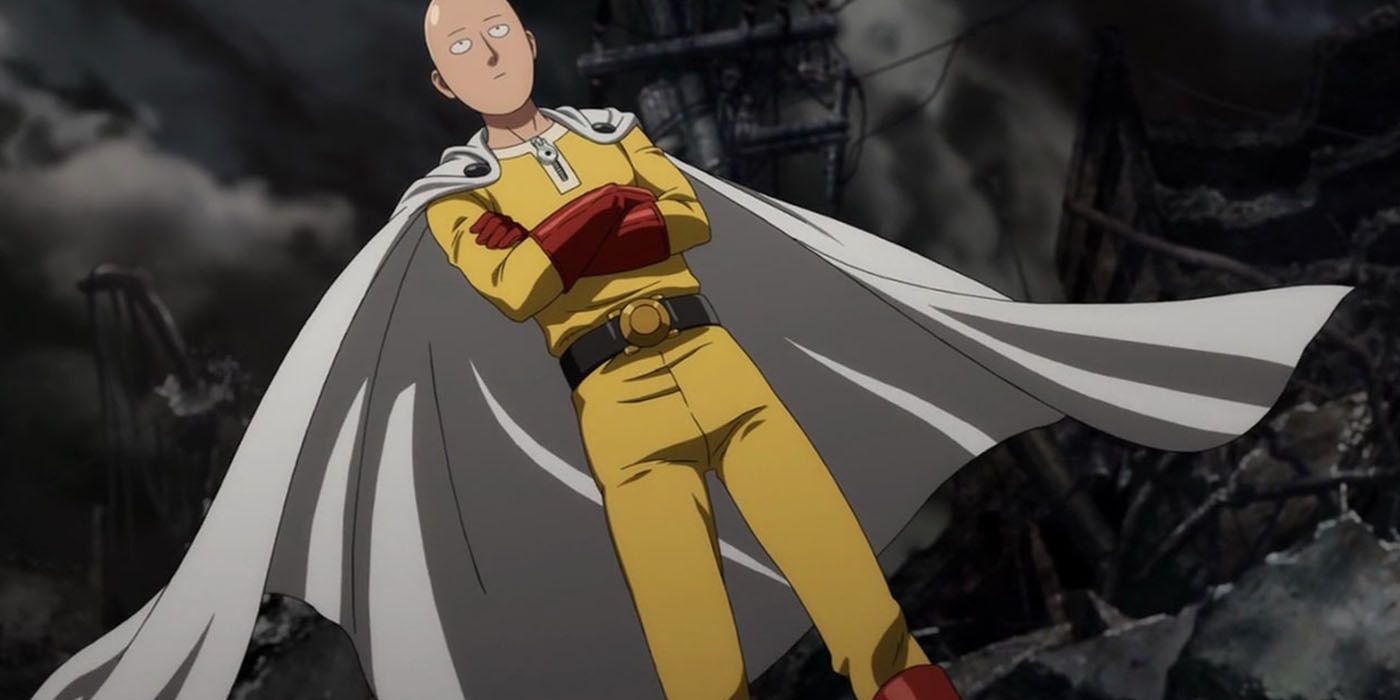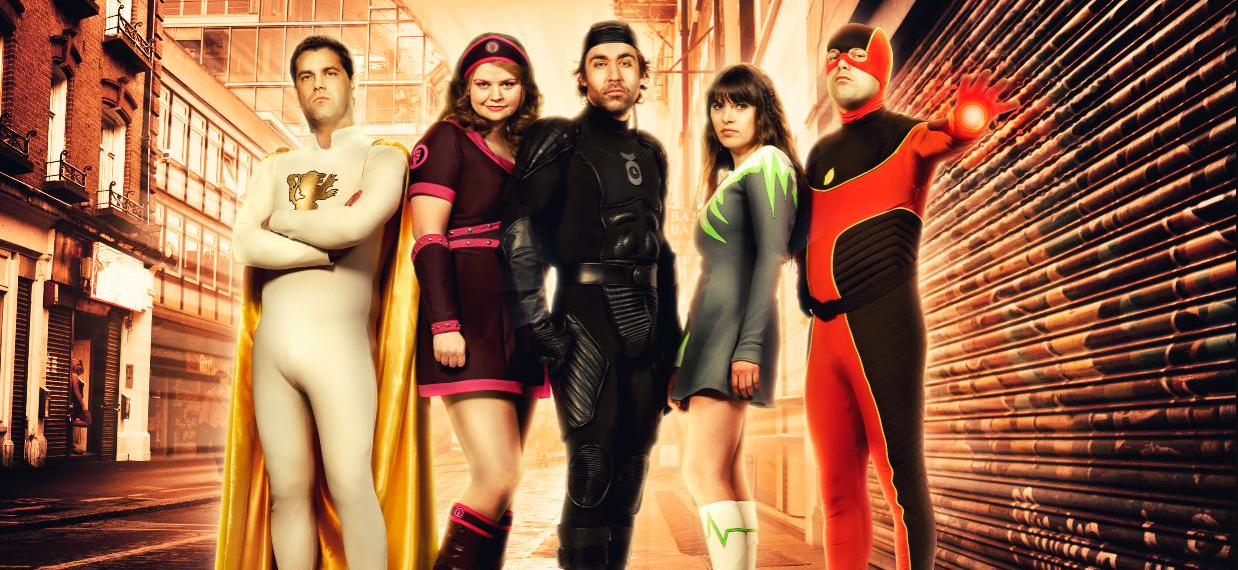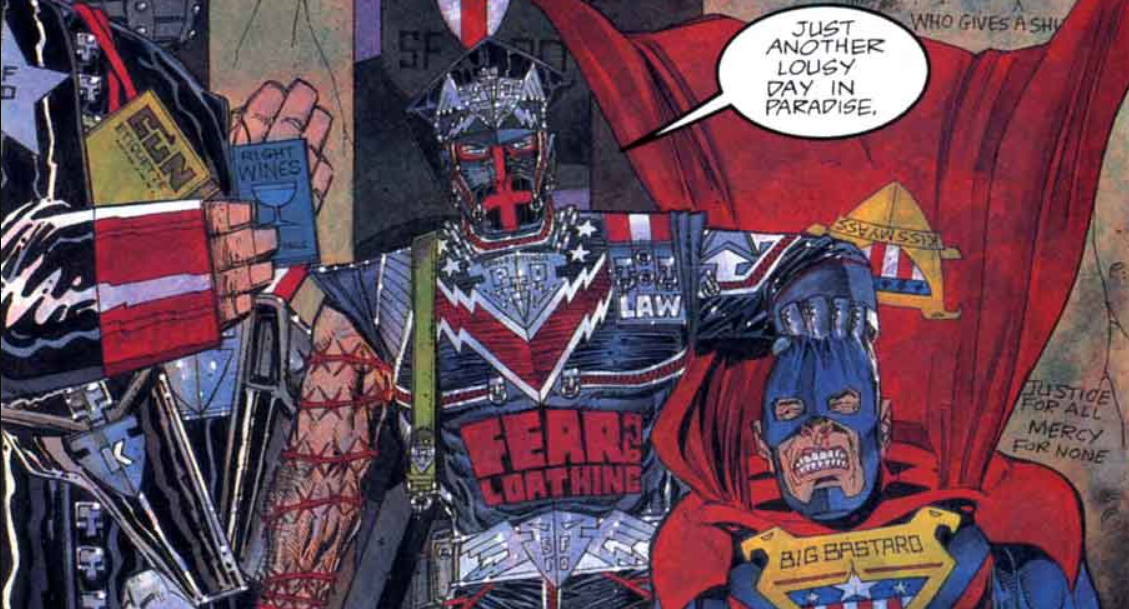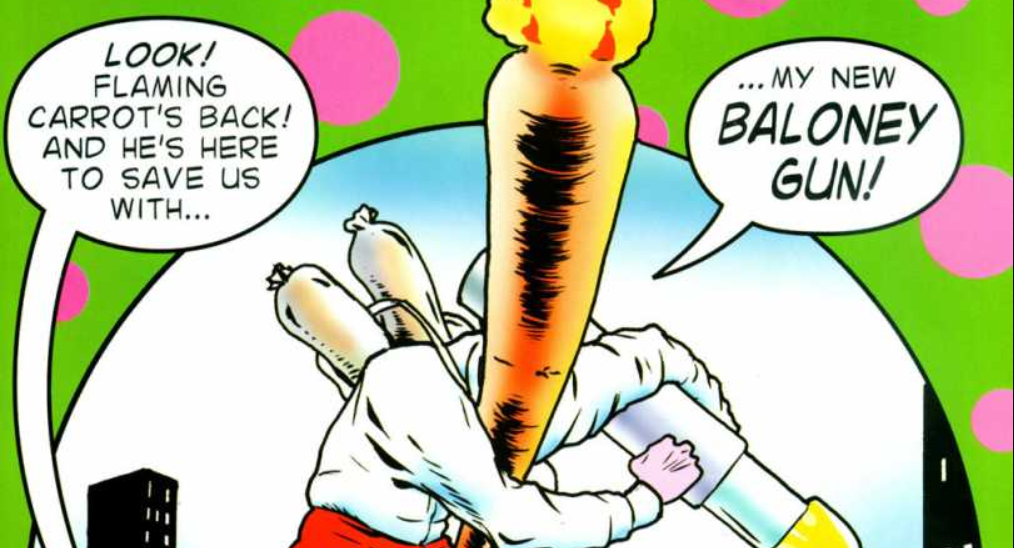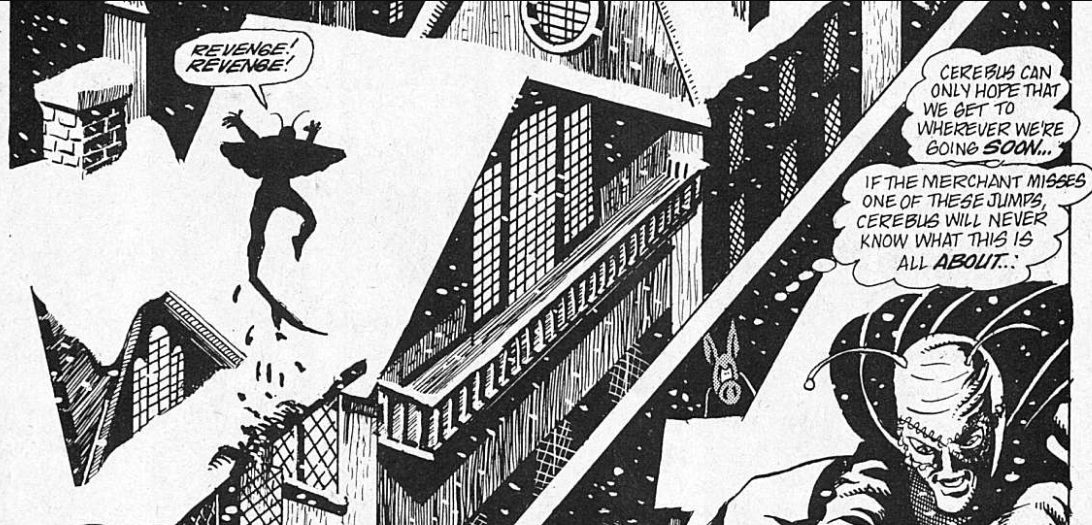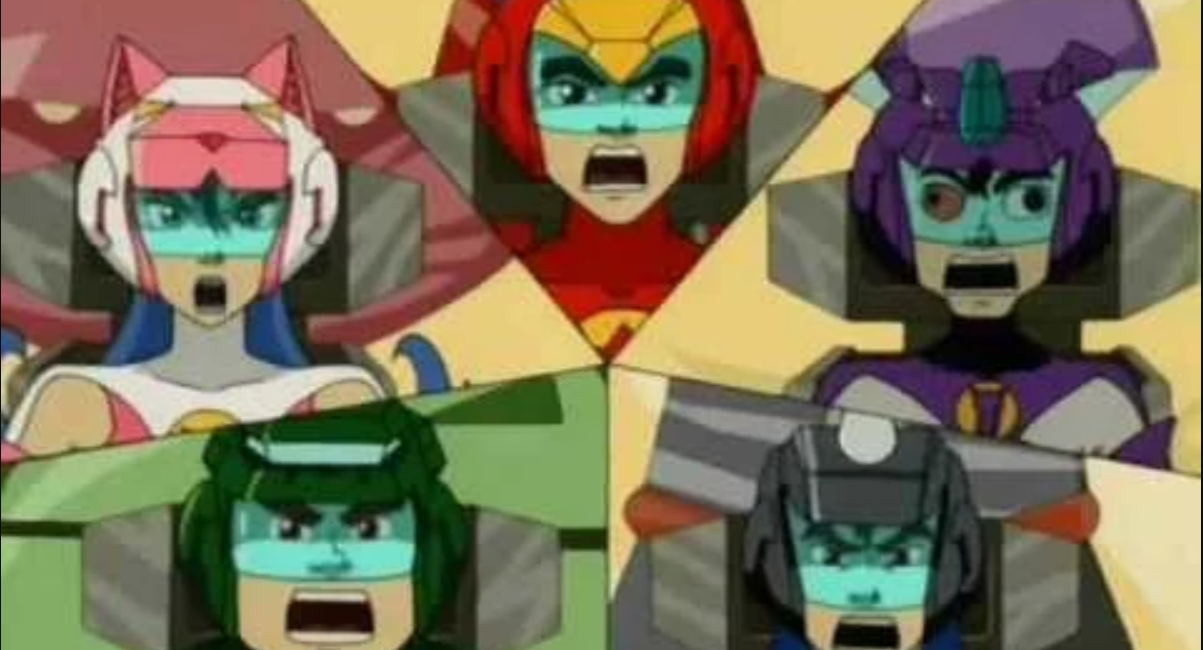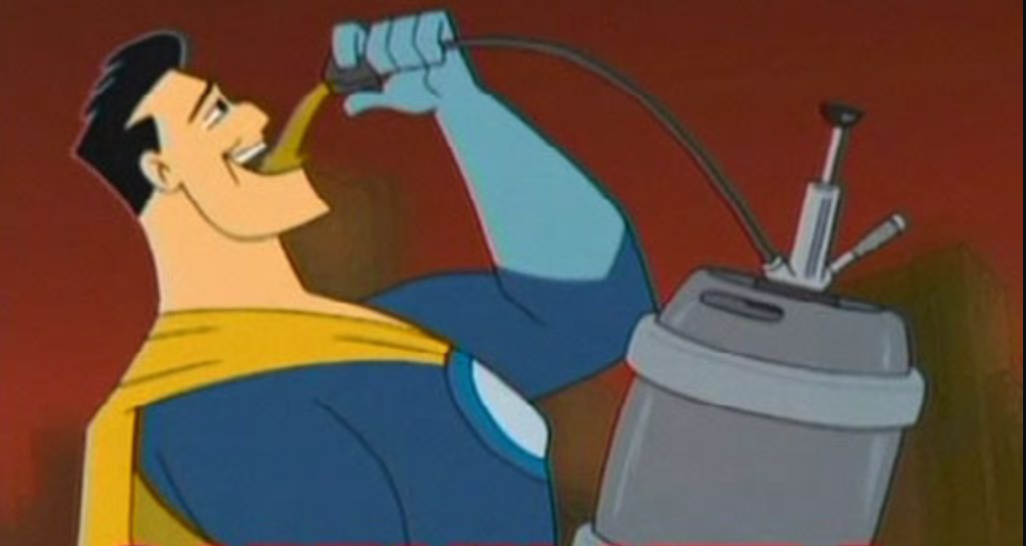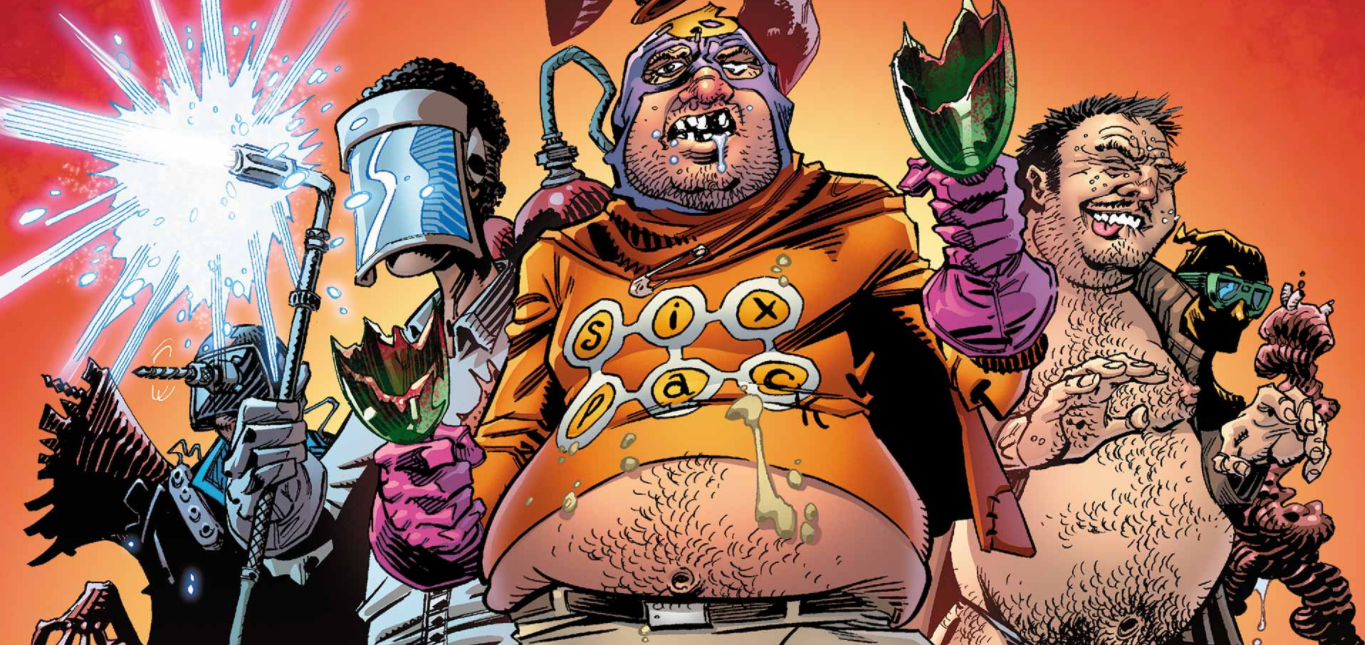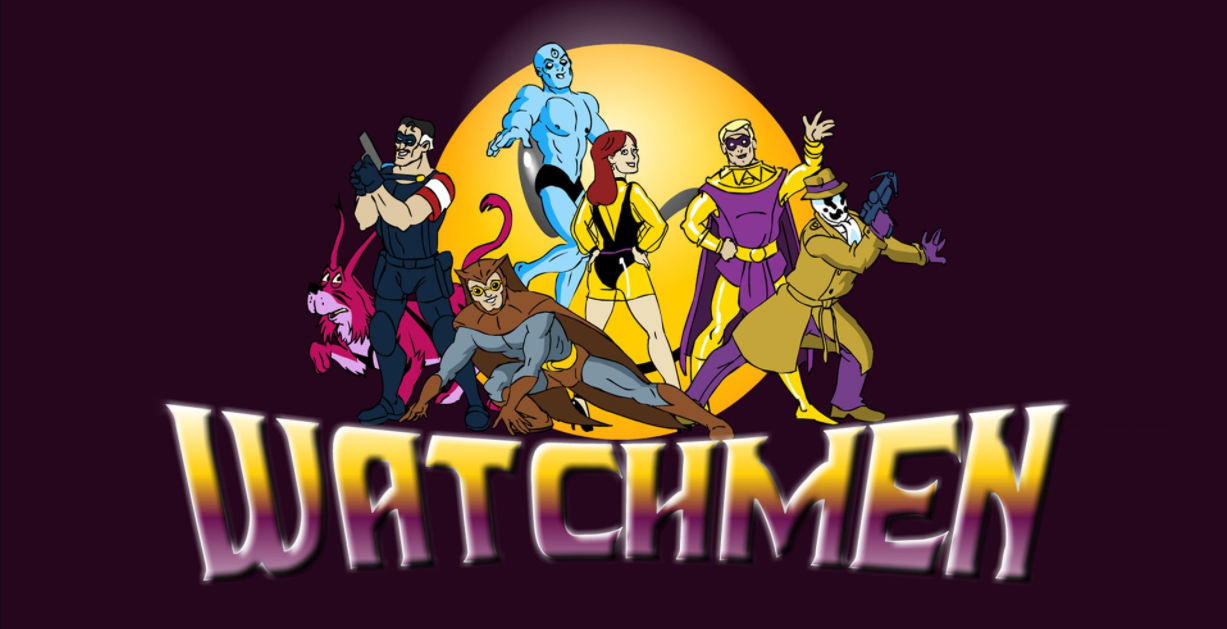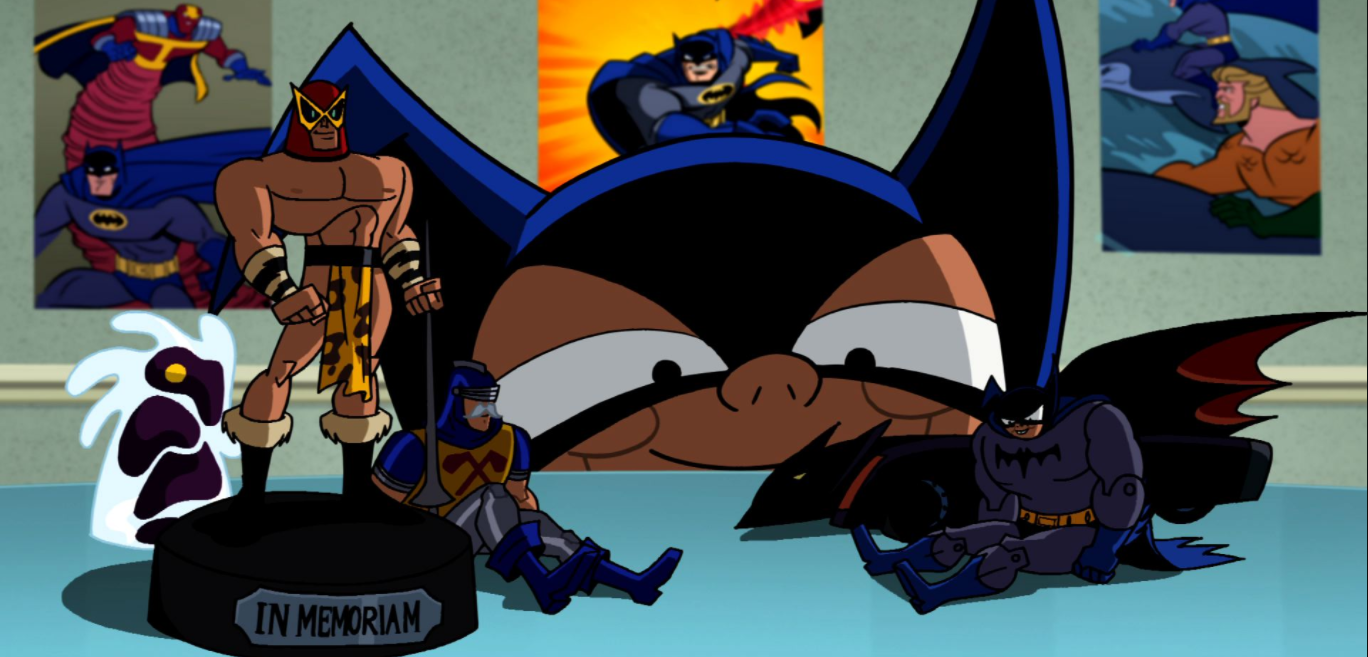Superhero parodies have a long and rich history in almost every medium. Cartoons, live-action TV, films, web videos and, of course, comic books and strips have been poking fun at the spandex heroics of Superman, Batman and Spider-Man for so long that the "Parody Superhero" has become a genre unto itself. Even those at the highest levels of the superhero-making business have been at it for a while. In 1967, a group of Marvel writers and artists -- including Stan Lee and Jack Kirby -- published a 13-issue series lampooning their own creations. It was titled Not Brand Echh ("Brand Echh" likely being the playful codename for DC Comics used by contributors in the letters pages) and had its own parody superhero mascot in Forbush Man. Forbush Man was the non-superpowered, pot-wearing alter ego of fictional "Marble Comics" editor, Irving Forbush.
RELATED: 15 Classic Toys That Would Be Banned Today
Not Brand Echh was a silly and affectionate way for Marvel staff to kick back and laugh at their own work. Today, most well-known parodies like The Tick, Darkwing Duck and Spider-Ham follow a similar formula of ridiculing the most overwrought and ridiculous tropes and trappings of superhero stories while maintaining a level of respect for the genre that inspired them. But some spoofs aren't afraid to lean in on superheroes really hard, beating them around their lauded place in pop culture as viciously as Zod and Superman punching each other through crumpling Metropolis skyscrapers in Man of Steel. Here are some of the most savage (and hilarious) superhero spoofs.
15 THE COON (SOUTH PARK)
It's impossible to talk about brutal parodies without mentioning South Park. The adult-oriented cartoon has been relentlessly mocking fad crazes since 1997, and in 2009, as superhero movies like The Dark Knight and Watchmen were ushering in a new "dark" and "gritty" era for the genre on film, South Park roasted the hell out of them (with plenty of Spider-Man 3 thrown in, too.)
In the second episode of Season 13, Eric Cartman becomes The Coon, a raccoon-themed vigilante, to wage war on crime in South Park... and also on his more popular rival, Mysterion. The episode had everything from a Christian Bale Batman voice impression, to abrupt entrances and exits, to costumes that looked cool but did nothing to mask the wearer's identity; ultimately proving that superheroes are more concerned with symbolism than effective crime prevention.
14 POWDERED TOAST MAN (THE REN & STIMPY SHOW)
Perhaps best described as a superbly animated carnival of gross-out buffoonery, the Ren & Stimpy show created a suitably surreal cartoon superhero spoof called Powdered Toast Man. Like the rest of the '90s show, PTM may seem harmless enough in the framework of a zany kids show but, as a parody, there's an edge there as crisp as a burnt slice of toast.
As little more than a children's breakfast food mascot come to life, PTM primarily took aim at the shameless commercialism associated with superheroes (Superman and the Nesquik Bunny, anyone?). However, he also served to criticize superheroes who follow their own moral codes and ignore the law of the land. In the second episode of Season Two, PTM -- after saving the President from his own zipper -- takes office himself with no resistance and promptly uses the Constitution and Bill of Rights as campfire fuel for a date with his secretary.
13 THE VINDICATORS (RICK & MORTY)
Rick & Morty is infamous for, in the words of its titular mad genius, not "giving a f**k." One of Rick's favorite pastimes is taking something that his teenage grandson loves or admires and proving that it's actually stupid, worthless or wrong. Season Three's "The Vindicators 3: The Return of Worldender" continued this trend, while dragging superheroes through the mud too.
The Vindicators, a rag-tag team of diversely powered space heroes, call on Rick and Morty's help against the evil Worldender. Already bored, Rick wastes no time in killing the problem (something child-friendly heroes are usually restricted from doing) and puts the team through a Saw-esque game that pits them against each other. The Vindicators slaughter one another and, in the process, Rick proves to the audience that they shouldn't see them (or him) as any kind of hero.
12 THE AMBIGUOUSLY GAY DUO (SATURDAY NIGHT LIVE)
Starting life as a segment on The Dana Carvey Show, this animated sketch migrated to Saturday Night Live and became a recurring favorite. Created by Robert Smigel and J.J Sedelmaier, the skit directly references and makes fun of the confusingly awkward relationship between Batman and his young ward, Robin, something that was infamously blown out of proportion in the scaremongering 1954 book, Seduction of the Innocent.
Every "episode" of The Ambiguously Gay Duo sees Ace and Gary busting crime (and busting through cracks in buildings...) in a suspiciously phallic car while making exclamations thick with double-entendre. Meanwhile, their Rogues Gallery always becomes too distracted trying to figure out the true nature of their relationship to go through with their world domination plans, holding a parodying mirror up to the audience as well.
11 CAPTAIN HAMMER (DR. HORRIBLE'S SING-A-LONG BLOG)
In between writing stories for serious superheroes like Buffy, the X-Men and the Avengers, Joss Whedon clearly had a great time exercising his funny bone for 2009's web miniseries, Dr. Horrible's Sing-A-Long Blog. Before Megamind and Despicable Me, the musical show flipped the normal hero/villain dynamic on its head by having a thoroughly sympathetic villain lead the story.
This left room to paint Dr. Horrible's adversary, Captain Hammer, as the biggest jerk possible, proving that just because someone does good deeds, it doesn't mean they can't also be a total dick about it. Played to perfection by Nathan Fillion, Captain Hammer is selfish, vain, has a pathological fear of the homeless (and ducks) and egotistically insists that his superhero name refers to what's in his pants.
10 SAITAMA (ONE PUNCH MAN)
For anyone sick of meaningless power levels, "final forms" being anything but final and battles between good and evil dragging out over 250,634 episodes, One Punch Man is a hilarious and scathing breath of fresh air in anime. Beloved shonen franchises like Dragon Ball, Bleach and Naruto filled with over-powered, golden-haired heroes inspired webcomic creator "One" to create One Punch Man's hero, Saitama.
In his "resting" form, Saitama is everything a shonen hero shouldn't be -- bald, average-looking and dull. But, when confronted with a fearsome and monolog-loving enemy, Saitama's "battle" form is triggered. Hilariously though, no matter how overconfident and godlike an opponent seems, it only ever takes -- yep, you guessed it -- one punch for Saitama to defeat them. His secret? Just good old-fashioned exercise.
9 NO HEROICS
Spoofing superheroes in live-action can prove trickier to do than 2D mediums, but this live-action British miniseries from 2008 did a pretty good job at it. Taking inspiration from the Golden Age of superhero comics, the show's characters were gifted with almost next-to-useless powers. For instance, Timebomb could see into the future... but only by one minute, and She-Force was the "third" strongest woman in the world.
They also occupied a world in which superheroes had become abundant to the point of tedium -- preempting the feeling of "superhero fatigue" people bemoan now. This meant superheroes were expected to not only save the world but also help people carry their groceries to their cars. The central group's biggest problems included things like the "Sidekick Tax" and the Anti-Cape League, who were essentially Neo-Nazis.
8 MARSHAL LAW
First published by Epic Comics in the late '80s, Marshal Law took a searing satirical swipe at both the Golden and Silver Age eras as well as US politics and patriotism. Created by Pat Mills and Kevin O'Neil, the six-issue story follows titular character, Marshal Law, on his Government-appointed mission as a "cape killer" tracking down and eliminating superhero reprobates.
In a futuristic world in which superpowers had become ubiquitous thanks to widespread genetic meddling, Marshal's mercenary skills are constantly being flexed -- something he doesn't hide his delight for, either. His love of violence and hatred of super-powered false idols mirrors the fascist direction Frank Miller took Batman in, while the incompetence of the brightly-colored "Jesus Society of America" savaged the realistic effectiveness of classic superhero teams.
7 FLAMING CARROT COMICS
Flaming Carrot is exactly what his name suggests -- a man with a huge, flaming carrot for a head. Most parodies are inherently silly by nature but Flaming Carrot really pushes silliness to the extreme, making a delightful mockery of everything superhero fans hold dear about the genre. After reading "5,000 comics in a single sitting to win a bet" the Carrot suffered "brain damage," inducing the ridiculous, orange identity he now saves the world as.
In addition to having the most ludicrous codename and costume imaginable, Carrot has a Batman-style utility belt filled with mostly prank toys, relies solely on dumb luck to win fights and is often killed and resurrected with no explanation. He also co-founded the Mystery Men, who were adapted into the film of the same name in 1999.
6 THE COCKROACH (CEREBUS)
The word "epic" gets tossed around far too much but for Dave Sims' Cerebus, the indie comic series spanning one barbarian aardvark's exploits from 1977 to 2004, it really does apply. The series began life as a spoof of Conan the Barbarian, drawn in black and white in a similar way to fellow indie parody comic, Teenage Mutant Ninja Turtles. It's fitting, then, that Sims also eventually took aim at superheroes in a story through a character named The Cockroach.
At first, the character's vengeance-fueled origin story and animal inspiration behind his vigilante identity clearly skewers Batman. This is particularly acute (and funny) when the 'Roach jumps from rooftop to rooftop yelling, "REVENGE!" over and over. Later, he becomes a canvas on which Sims paints all and every superhero he has beef with, renaming him things like "Wolveroach" and "Captain Roach" to hammer the point home.
5 S-FORCE AND ULTRA CADETS (MEGAS XLR)
During the glorious Toonami days in the mid-'00s, Megas XLR ridiculed anime's mecha genre (human-piloted robots) and in a few episodes, the show very literally (and brutally) took down one particular mecha sub-genre. The show's parody team of "Zorp" pilots, "S-Force," lambasted every aspect of Power Rangers-type shows, from their distinctive personality types to their ludicrously long combination name: "Super Ultra Dimensional Magno Extreme Robotoid Power Zoid."
There was also a healthy amount of Gatchaman and Voltron thrown in for good measure. Protagonist Coop humiliates them twice: first by accidentally defeating them in one move after their lengthy introduction sequence, and later, by physically smashing the Zorps together to force them to combine like a kid with toys. The "Ultra Cadets" -- an obvious Sailor Moon spoof -- deserve a shout-out too for their comically drawn-out transformation sequence.
4 CAPTAIN HERO (DRAWN TOGETHER)
Depending on your taste levels and sense of humor, Drawn Together will either delight or infuriate you. The show's premise was simple -- a Big Brother show populated by washed-up cartoon character archetypes. This included a Disney Princess who was a hypocritical religious extremist, a racist caricature based on Pikachu, and a spoof superhero called Captain Hero.
The Captain's origin story mirrors Superman's -- except his parents had him "aborted" into space rather than saved from a dying planet -- as does his design. The Captain is a lewd and harsh critique of the overly-macho world of superheroes. He's selfish, arrogant and his butch posturing is used to thinly conceal his crushing emotional instability, as well as the truth about his sexual orientation. He also kills way more people than he saves, including blowing up his home planet.
3 SECTION 8
In terms of debauchery and recklessness, Garth Ennis's Section 8 team could give the Suicide Squad a run for their stolen money. First appearing in Hitman #18 in 1997, the misfit team takes their name from the military term meaning, "mentally unfit for duty," which pretty much tells you nearly everything you need to know about them. Ennis goes very far out of his way to make them appear as perverted, disgusting and incapable as possible.
Their based is located in Gotham's sewers, their alleged heroic adventures are implied to just be shared drunken dreams and they consist of members like "Flemgem," who can shoot phlegm at enemies, and "Dogwelder," who -- as the name suggests -- has a history of welding humans and dogs together, a hobby than lands him a one-way ticket to Hell. Barely qualifying as anything close to competent, Section 8 is a hilarious affront to "real" heroes everywhere.
2 SATURDAY MORNING WATCHMEN
To some fans, it might seem like sacrilege to make fun of something as hallowed and serious in tone as Alan Moore's Watchmen. That was not the case for famed web animator Harry Partridge, though. The idea for reimagining the Watchmen team as a cheesy '80s Saturday morning cartoon actually came to Partridge from the source material -- it was an idea Adrian Viedt was developing in-world.
The video only shows the fictional opening credits, which take us through each character's role: Rorschach's psychosis is played down as adorable kookiness, Silk Spectre II is transformed into a Jem & The Holograms tribute, and the Comedian's sexual aggression becomes a recurring gag of him just "wanting a kiss." Not only does it prove that anything -- no matter how lauded -- can be satirized, it takes superhero cartoons of the era to task for watering down their source material.
1 MITEFALL! (BATMAN: THE BRAVE AND THE BOLD)
The Brave and the Bold was a wonderfully self-aware adaptation of Batman that took us back to the character's campy roots. 2011's Season Three finale "Mitefall!" was the show's swan song. Penned by Paul Dini, the episode epitomized everything that was brilliant about the show while also using Bat-Mite as a tool for some scathing meta-commentary.
In the episode, spoof superhero Ambush Bug comes to warn Batman that the fifth dimensional trickster has become bored of the bright and zany world of Brave and the Bold and is hatching a plan to replace it with a dark and gritty, CGI-heavy reboot. This was a clear reference to the show that would replace it but can also be seen as a criticism of the tonal shift of superhero comics and films in general, the inevitability of which makes Batman's farewell to the audience all the more poignant.
Which superhero parodies do you think almost go too far? Let us know in the comments!

